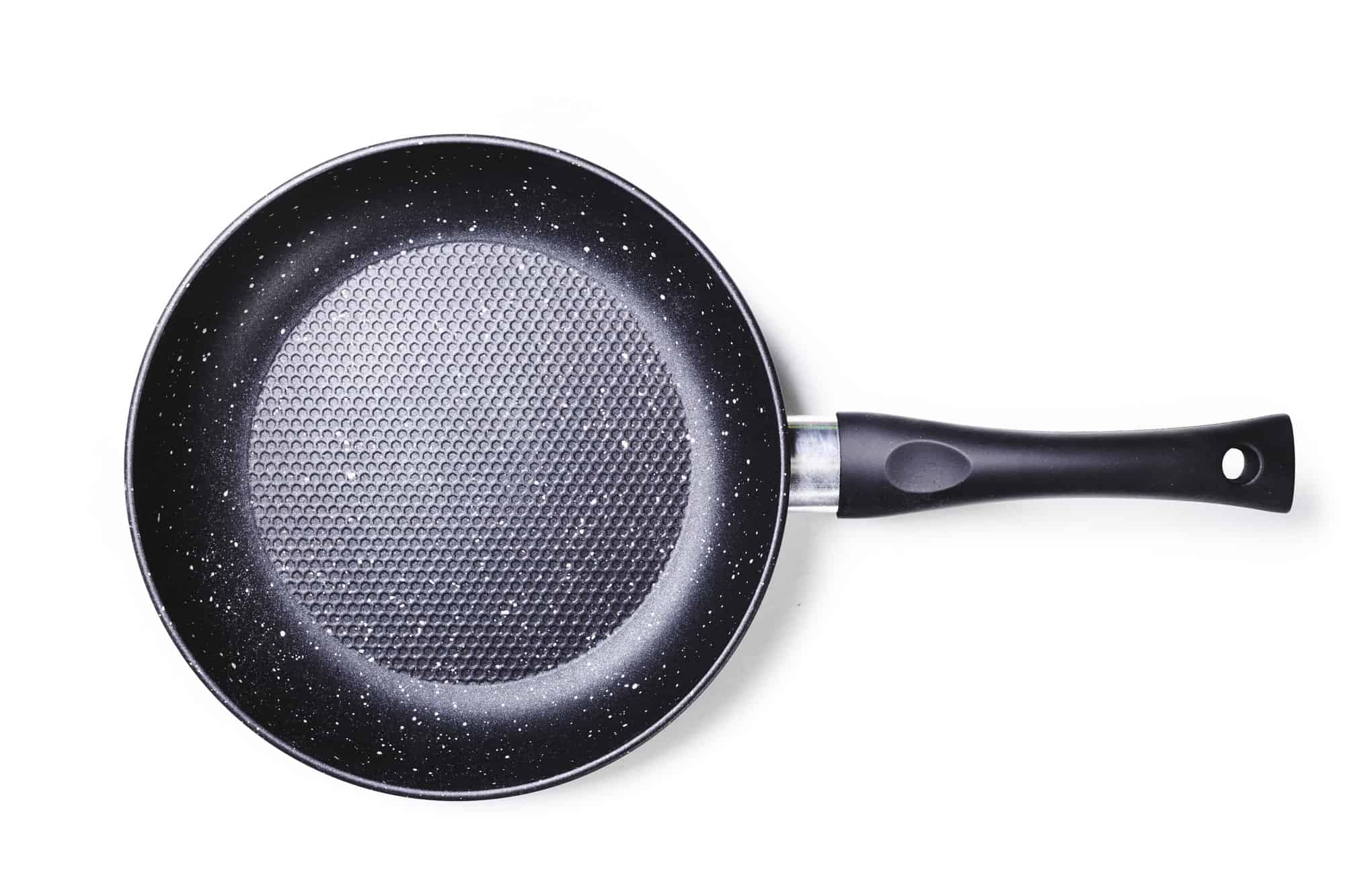PTFE coating is considered one of the world’s most sought-after, non-stick products. Chances are, you have encountered this coating in the past – and you may not even realize it!
This is the common coating used on non-stick cookware. However, something else you may not realize is how many other uses it has. It can be used on fasteners, flooring and more. Keep reading to learn more about this coating, why it is beneficial and how it impacts life today, here.
When you learn more about this coating, you can easily see how important it is today and why it’s something that impacts so many industries.
What are PTFE Coatings?
Short for Polytetrafluoroethylene, PTFE is a type of non-stick, fluoropolymer coating. It uses a two-coat system that consists of a primer and topcoat. The substance has the highest operating temperature available of any fluoropolymer. It also provides good chemical resistance, fair abrasion resistance and low coefficient of friction.
Typically, the coating is used where corrosion resistant, low friction or dry lubricant coating is needed. As mentioned before, one of the most popular uses of this coating is for cookware and non-stick applications required for food grade coatings.
The fact is, the process used for PTFE coatings has superior release capabilities. It’s also able to withstand the maximum temperature use of 600 degrees Fahrenheit. This is higher than any other fluoropolymer. In most cases, the coating is applied to a thickness of one to three mils.
Thanks to all these features, PTFE coatings can be used in a wide array of industries and for multiple applications. If you want to know more about the specific benefits offered by PTFE coatings, keep reading.
Benefits Offered by PFTE Coatings
The primary benefit of PTFE coatings, including Teflon, is the fact that the material is non-stick. This means that applications such as bakeware have superior release/non-stick properties that make it extremely easy to clean.
Keep reading to learn about the specific benefits of PFTE coatings.
1. Non-Stick and Release
PTFE coatings, when applied to any component, provide superior non-stick/release properties. It’s also extremely easy to clean.
The coating is effective at keeping both cold and hot products from sticking (permanently) to the substrate. As a result, it is widely used in the bakery, food processing, confectionery and cookware industries.
The PTFE coatings are also used for other purposes. Some of the most common include the pharmaceutical, chemical, aerospace, automotive, molding, heat sealing, and packaging industries.
2. Non-Wetting
Another benefit of surfaces that have PTFE coatings applied is that they are hydrophobic and oleophobic. This means it won’t readily wet.
Put simply, this allows the material to self-clean. In the semiconductor industry, this is a property that’s extremely important. It allows the chemical media to run off and then be collected.
3. Temperature Resistance
The coating can be used in difficult application conditions that involve extreme temperatures. They are designed to remain stable – even at advanced temperatures reaching over 260 degrees Celsius and for shorter periods, over 290 degrees Celsius.
Additionally, PTFE coatings can be used for sealing plastic/elastomers and on extrusion dies where other types of treatments can degrade or cause the clogging of the molten material. PTFE also performs well in cryogenic temperatures. In fact, it remains stable at negative 270 degrees Celsius.
4. Abrasion Resistance and Low Friction
According to studies, surfaces that have the PTFE coating applied to them can reduce friction while achieving extremely low coefficients of friction. Typically, these range from approximately 0.04 to 0.15.
While grease and oils evaporate at elevated temperatures, the PTFE coating will remain. As a result, it’s the ideal option for fasteners, stud bolts, moving mechanisms, bearing surfaces and shafts.
For additional abrasion resistance along with increased wear life, the coating is often reinforced with fillers. It’s also possible to combine the coating with a metal sprayed base layer.
5. Chemical and Corrosion Resistance
PTFE is resistant to the attack of many chemicals. It can also be combined with other fluoropolymers, such as PFA and FED. When this happens the layer’s life is significantly increased.
Applying PTFE as a surface coating can increase the corrosion resistance of the component. This effect can be enhanced by using pre-treatments, such as primers, phosphating, and plating. There are many items that benefit from this type of coating. These include pipe clamps, connectors, valves, fasteners, pumps and stud bolts.
6. Electrical Properties
Thanks to the high and insulating surface resistivity, low dissipation factor, and high dielectric strength, PTFE coatings are ideal for use in a number of electrical applications.
The coatings can also be made conductive and are often used as a type of antistatic coating. Some of the electrical components that can benefit from the PFTE coating include portable electrical equipment, cable guides, connectors, and light fittings.
7. Anti-Galling
Modern PTFE coatings provide superior bearing properties and prevent galling. Rotating parts and mating surfaces can benefit from this coating, as it helps to reduce maintenance downtime.
The Many Uses of PTFE Coatings: Now You Know
The right type of coating can help provide a wide array of benefits, protect your product and minimize downtime. It doesn’t matter if you sell directly to your consumers, or create parts for organizations and businesses – PFTE coatings can be extremely beneficial.
If you are interested in learning more about PTFE coatings or the history of Teflon, visit our blog. Our team is dedicated to providing information and resources about this invaluable substance. We also provide several products for you to purchase if you need this coating or another type.

